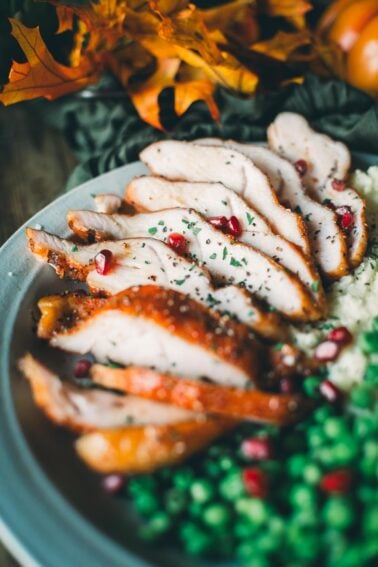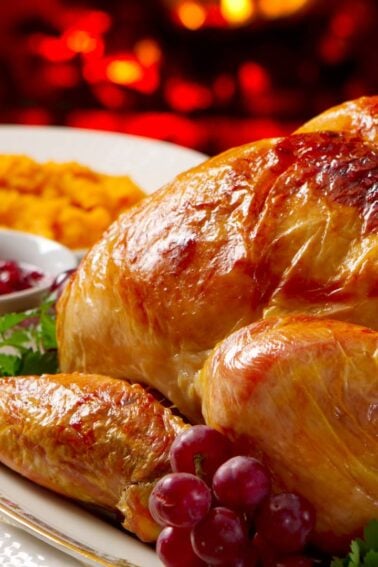When it comes to enhancing the flavor and texture of beef, aging is a key process. Both dry aging and wet aging have distinct characteristics that define the culinary experience. Whether you’re a steak connoisseur or a casual diner, understanding these methods can enrich your appreciation for a well-aged steak.
Definition of Dry Aging

Dry aging is a traditional method where beef is stored in a controlled, refrigerated environment. The meat is exposed to air, allowing it to dehydrate and concentrate its flavors over time. This process typically occurs over several weeks, often ranging from 14 to 45 days.
The outer layer of the beef forms a crust that is later trimmed away, revealing a more tender and flavorful interior.This method requires specific temperature and humidity levels to ensure the meat does not spoil. It’s a delicate balance that enhances the beef’s natural flavors, creating a rich, nutty taste profile that many steak enthusiasts seek out. For more insights into the aging process, you can explore this informative guide.
Definition of Wet Aging

Wet aging, on the other hand, involves vacuum-sealing beef in plastic packaging, allowing it to age in its own juices. This method is more modern and is often used in commercial settings due to its efficiency and lower cost. The process usually spans a shorter time frame, often between 7 to 28 days.
The airtight environment prevents moisture loss, resulting in a juicier cut of beef. Wet aging tends to produce a milder flavor compared to dry aging, as it doesn’t allow for the same level of flavor concentration. However, it still offers a tender texture that many diners appreciate.
Flavor Profile Differences

The flavor differences between dry and wet aging are quite pronounced. Dry-aged beef is known for its complex, earthy flavors with hints of nuttiness and umami, thanks to the enzymatic breakdown of proteins and fats. The longer the meat is aged, the more intense these flavors become.
Wet-aged beef, while tender, retains a more traditional beef flavor. The vacuum-sealed environment preserves the meat’s natural juices, resulting in a fresh taste that’s less intense than its dry-aged counterpart. Both methods offer unique dining experiences, catering to different palates and preferences.
Texture Variations

Texture is another area where dry and wet aging differ significantly. Dry-aged beef develops a firmer texture due to moisture loss, which can give the meat a more substantial bite. The aging process also breaks down connective tissues, enhancing tenderness while maintaining a satisfying chew.
In contrast, wet-aged beef tends to be softer and more pliable. The sealed environment helps retain moisture, resulting in a juicy mouthfeel. This tenderness is often favored by those who prefer a less chewy steak but still desire a flavorful experience, especially when grilling at home.
Time and Duration

The time required for aging can greatly influence the final product. Dry aging is typically a longer process, with some cuts aged for up to 45 days or more. This extended duration allows for more flavor development and a deeper transformation of the meat’s texture.
Wet aging, in contrast, is a quicker process, often completed within a couple of weeks. This shorter time frame makes it more practical for commercial use, enabling producers to meet demand more efficiently. However, the reduced time also means a less pronounced flavor change compared to dry aging.
Storage Requirements

Storage conditions play a crucial role in both aging methods. Dry aging requires a controlled environment with specific humidity and temperature settings to prevent spoilage and promote the right enzymatic activity. This setup often involves specialized equipment, making it a more costly endeavor.
Wet aging is less demanding in terms of storage. The vacuum-sealed packaging allows the beef to be stored in standard refrigeration units, making it more accessible for many producers. This convenience has contributed to its widespread adoption in the meat industry.
Cost Implications

Dry aging typically results in higher costs due to the time, space, and equipment required. The weight loss from moisture evaporation and the need to trim the outer crust further add to the expense. Consequently, dry-aged beef often commands a premium price at steakhouses.
Wet aging is generally more economical. The reduced time and simpler storage requirements make it a cost-effective option for producers and consumers alike. This affordability makes wet-aged beef a common choice in grocery stores and restaurants.
Popular Cuts for Each Method

Certain cuts of beef are more commonly associated with each aging method. Dry aging is often reserved for premium cuts like ribeye, strip loin, and T-bone, where the enhanced flavors and textures can truly shine. These cuts are typically found in high-end steakhouses.
Wet aging, being more cost-effective, is applied to a broader range of cuts, including more affordable options like sirloin and round steak. This versatility allows it to cater to a wider audience, providing tender and flavorful beef without the premium price tag.
Health and Safety Considerations

Both dry and wet aging processes require strict adherence to health and safety standards to prevent spoilage and contamination. Dry aging, in particular, demands precise environmental controls to ensure the meat remains safe for consumption throughout the extended aging period.
Wet aging involves its own set of safety protocols, primarily focusing on maintaining the integrity of the vacuum seal to prevent bacteria growth. Proper refrigeration is crucial for both methods to ensure the meat remains safe to eat. For more on how to safely handle aged meats, refer to this comprehensive study.
Hungry for more? Subscribe to our newsletter and become part of the world’s best meat community! From grilling tips to smoky secrets, we send you the best recipes, guides, and expert advice to master every cut.













